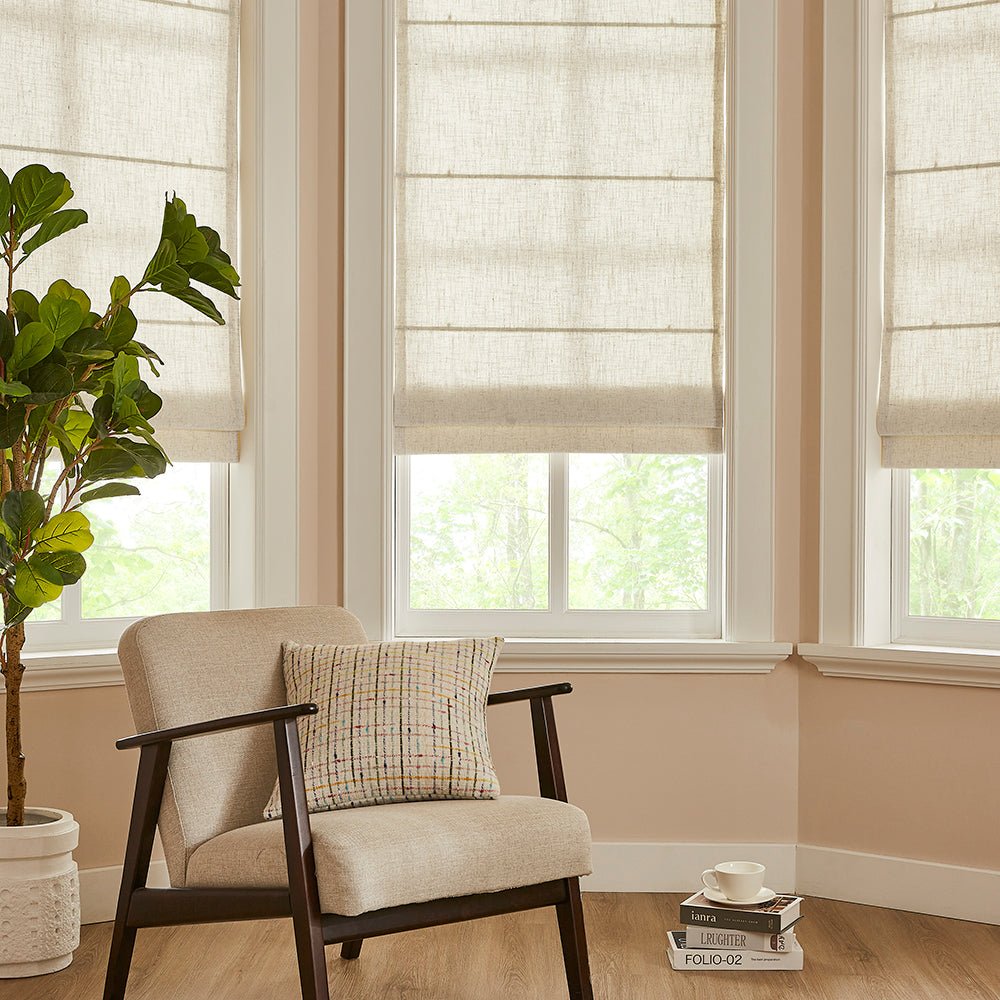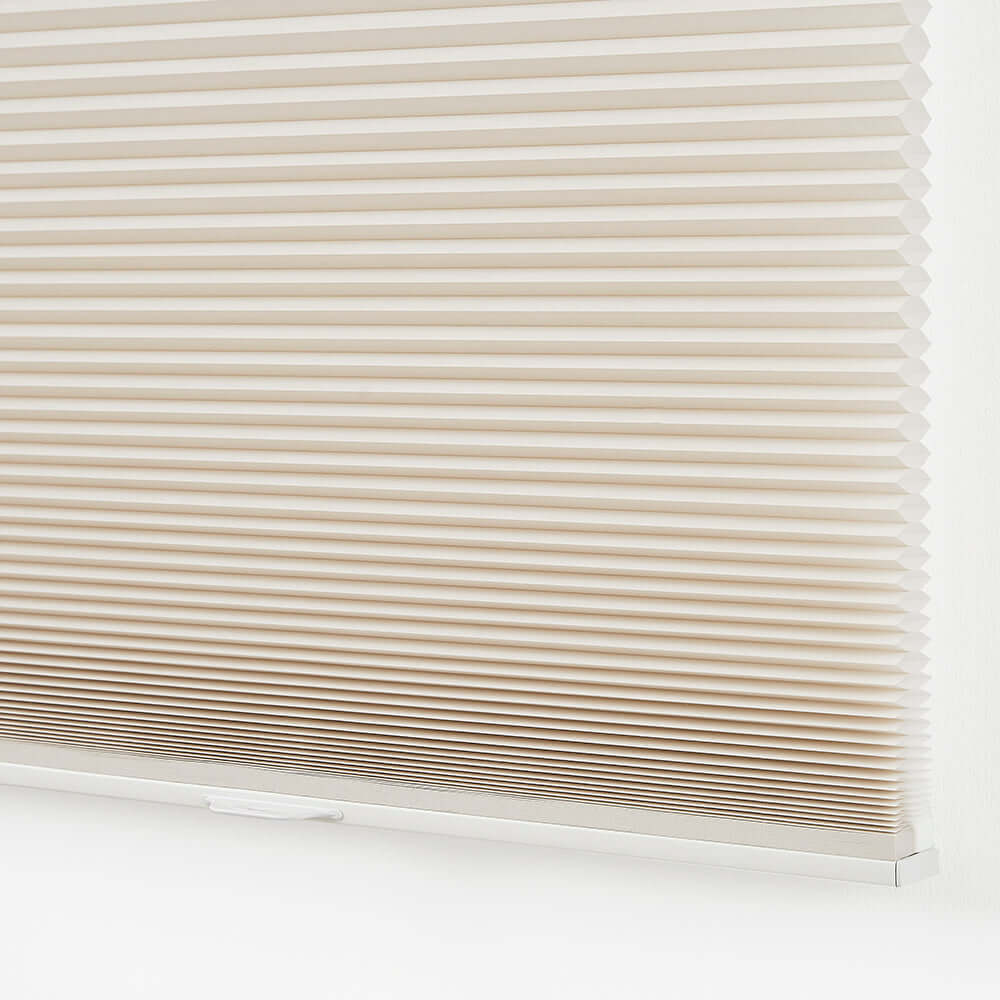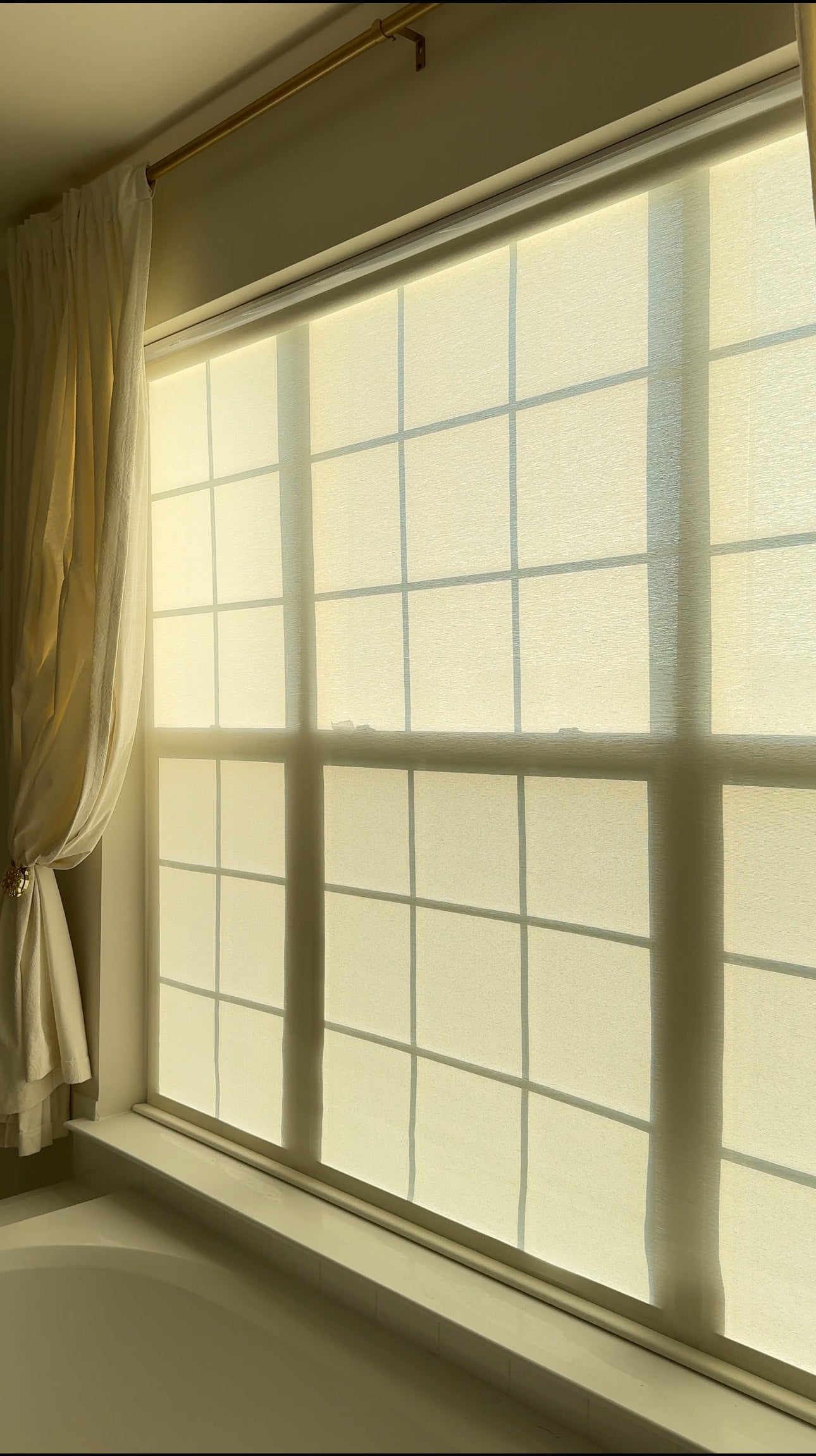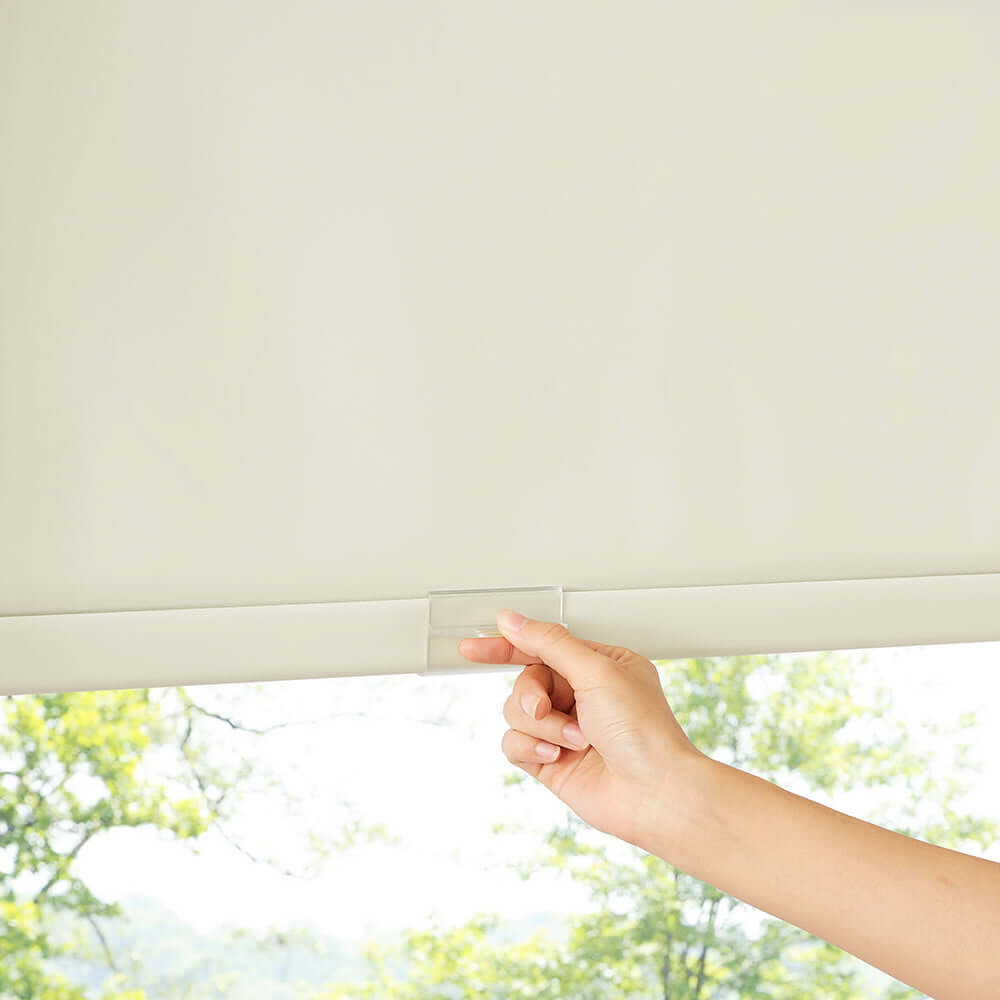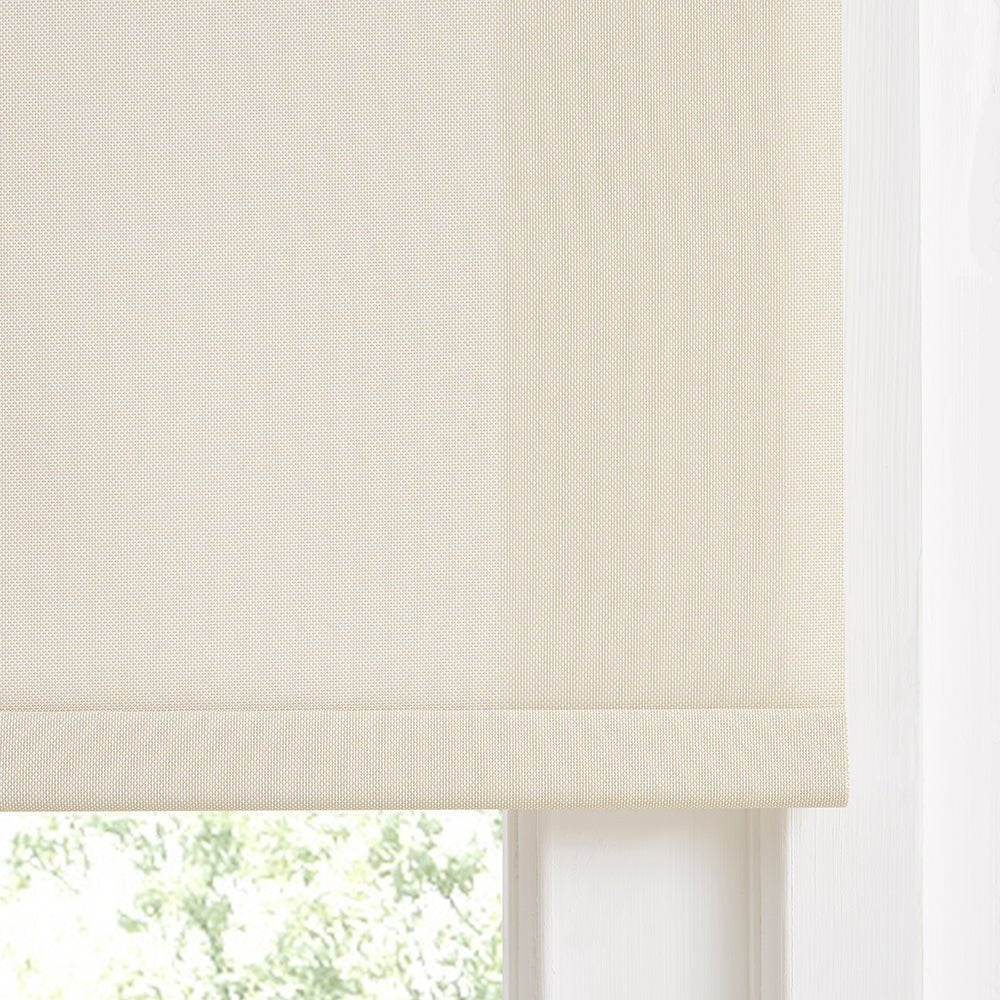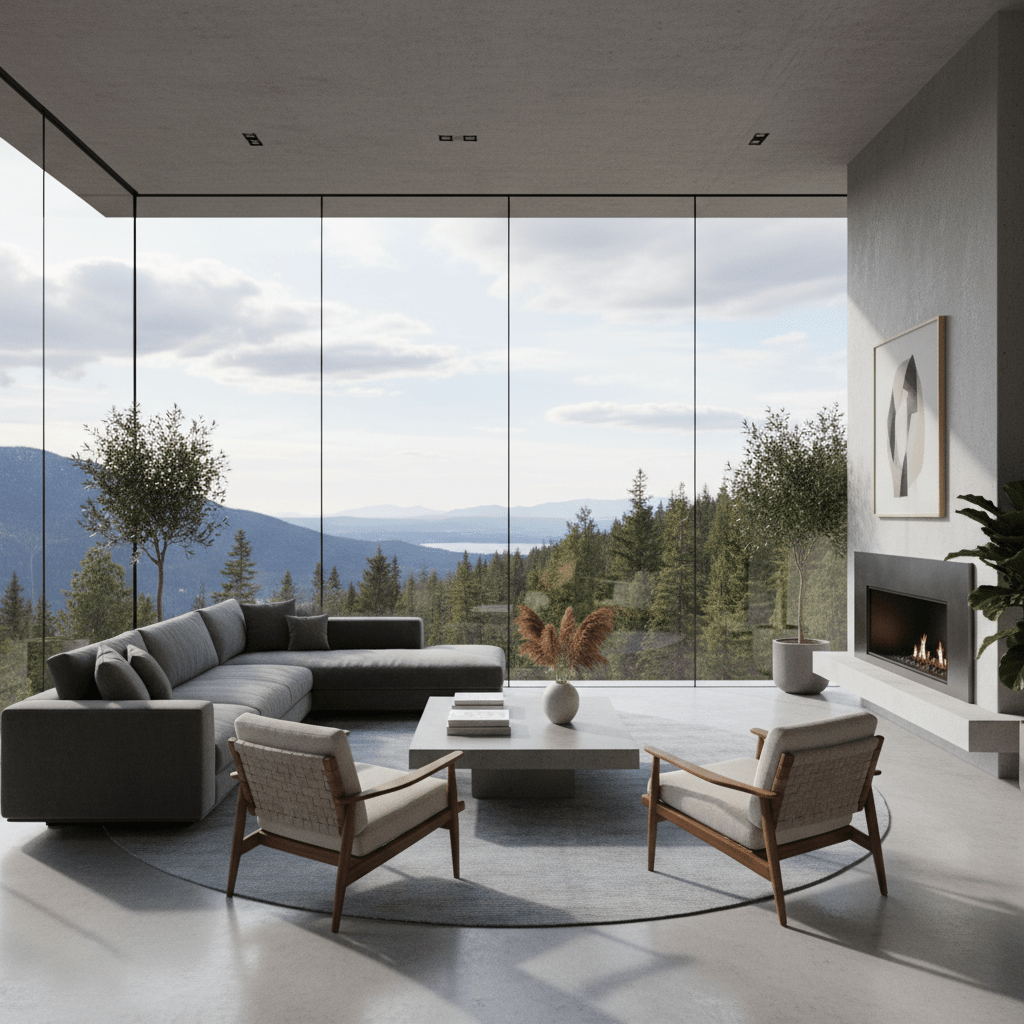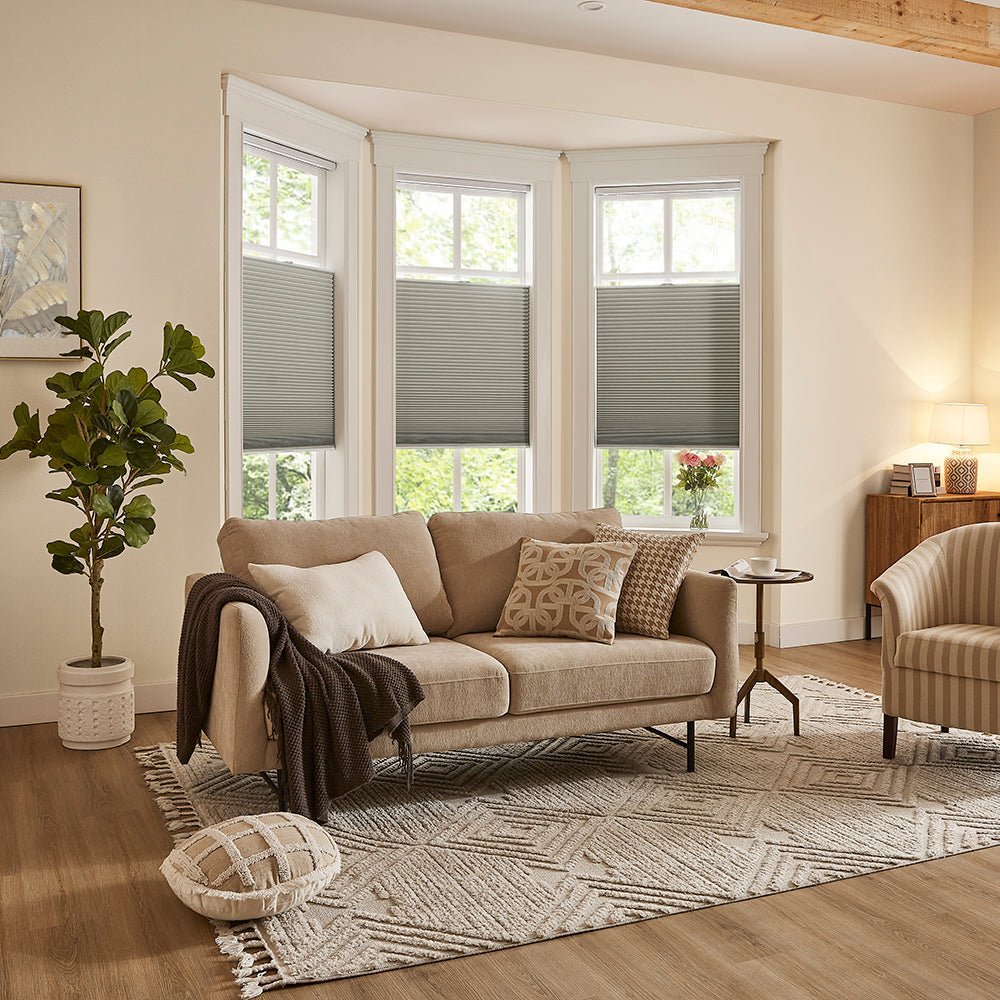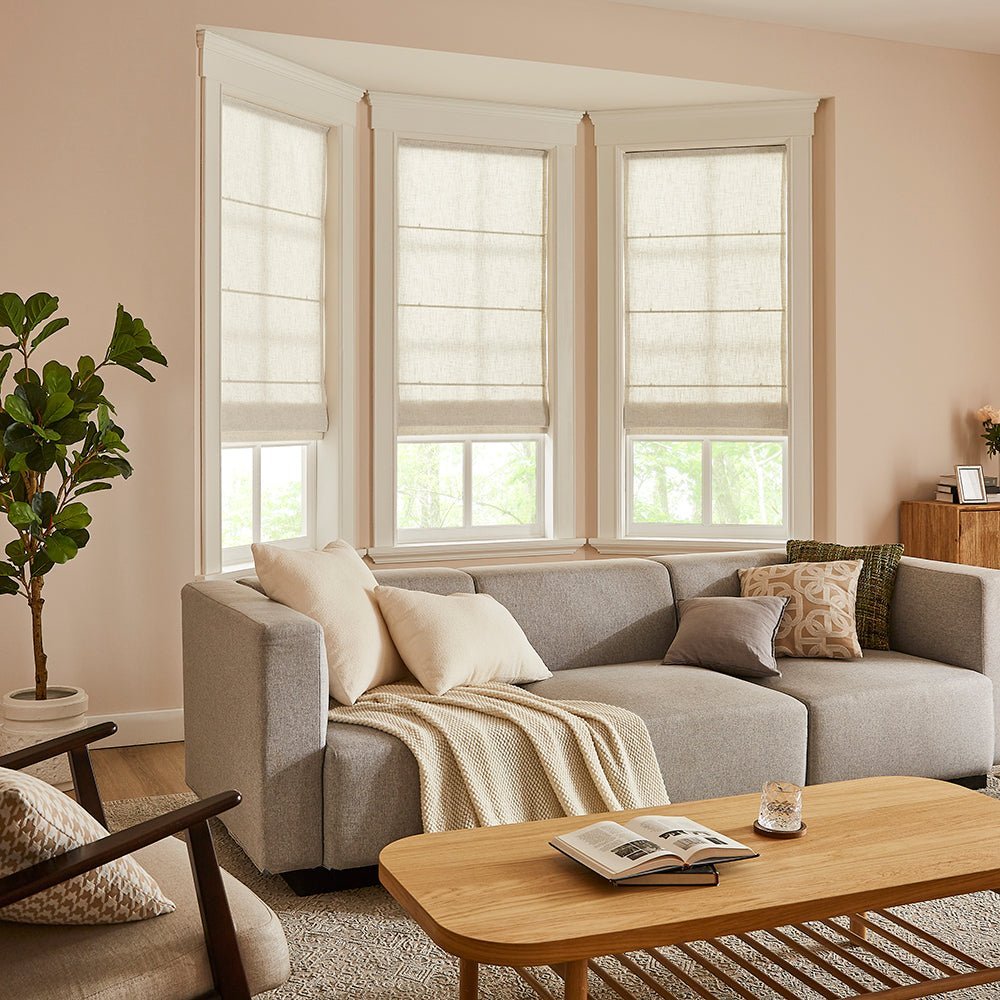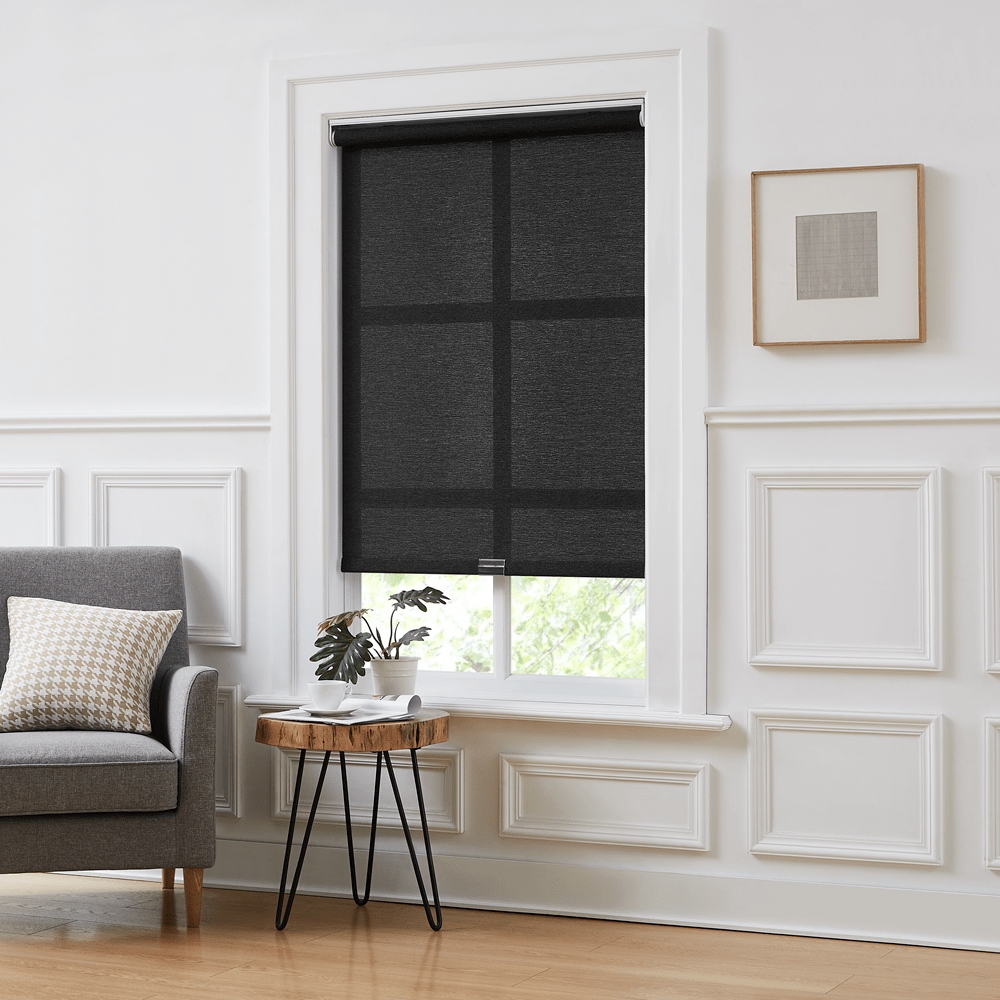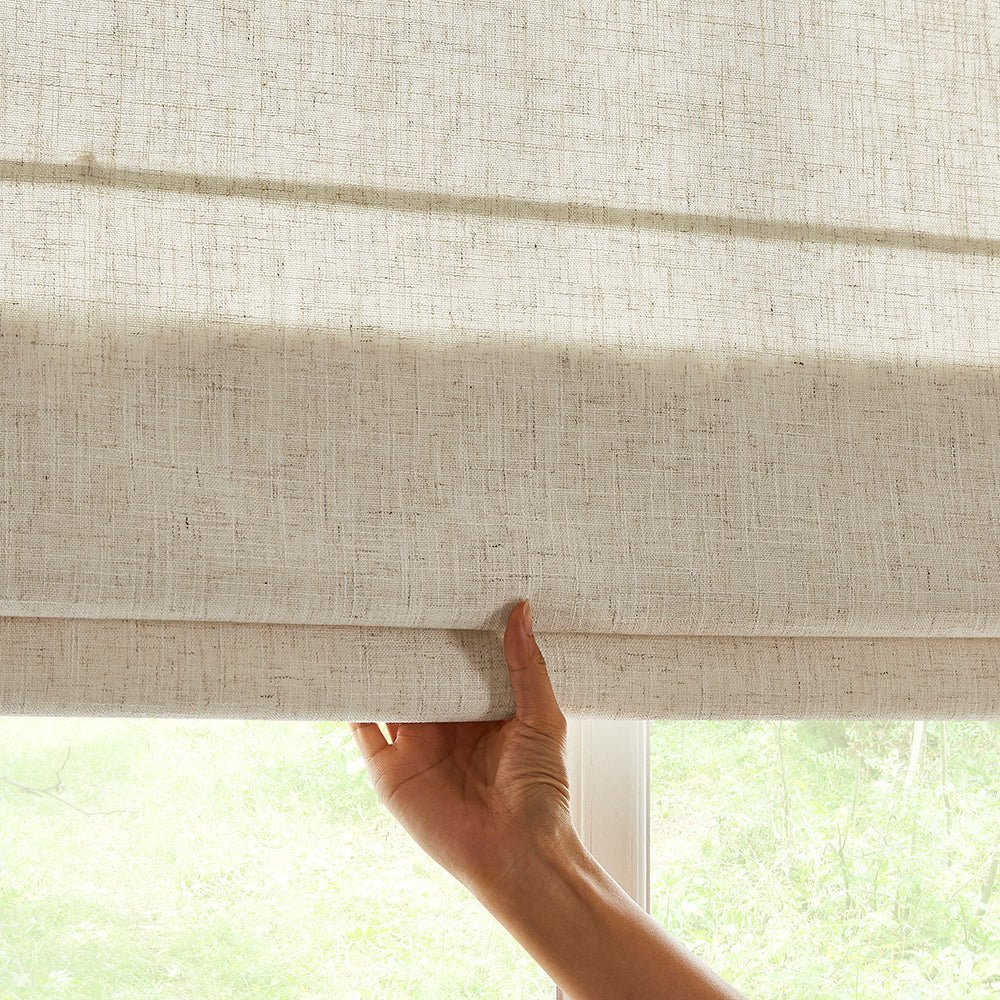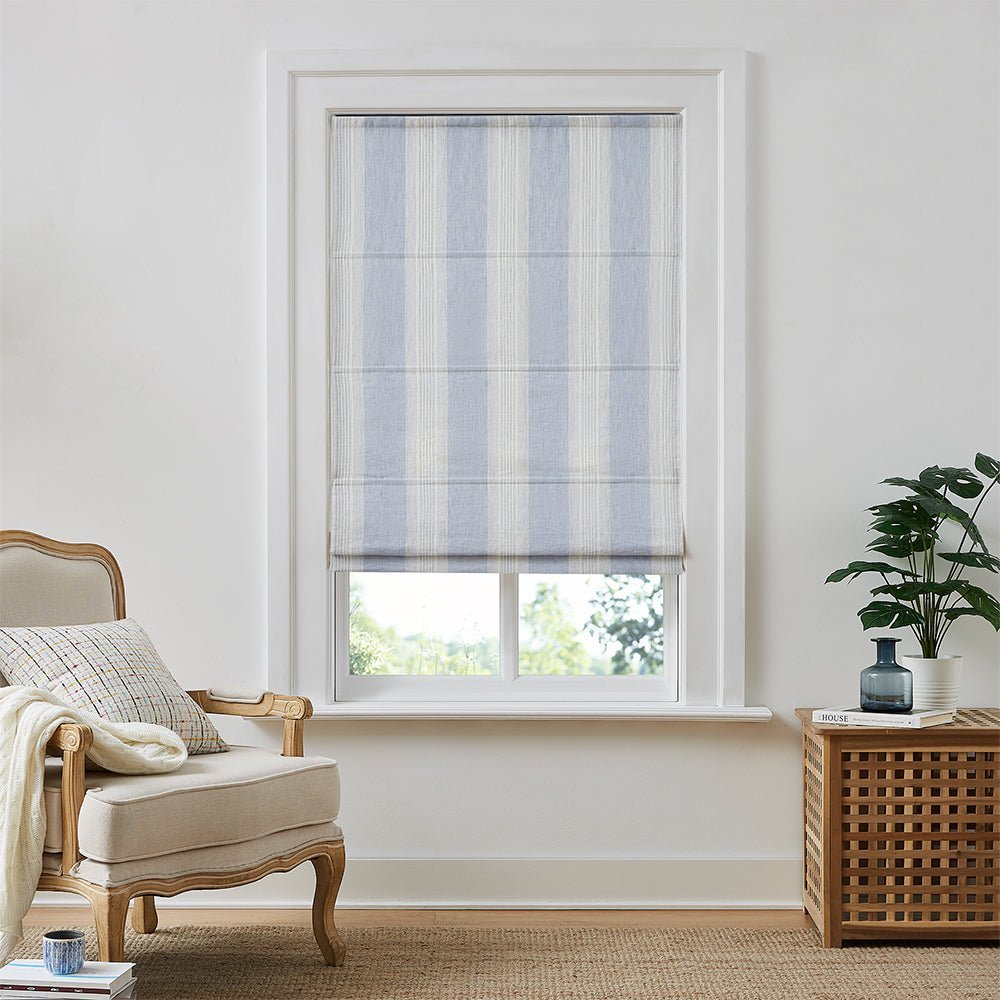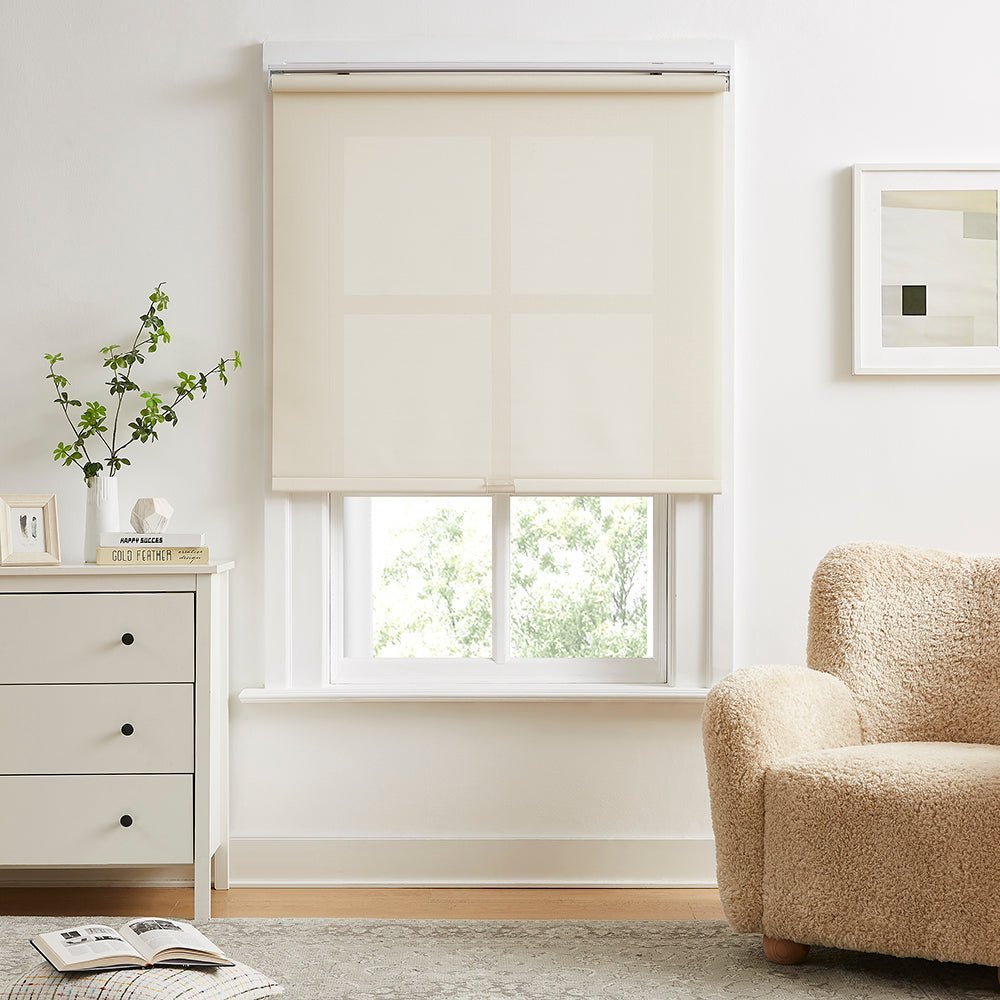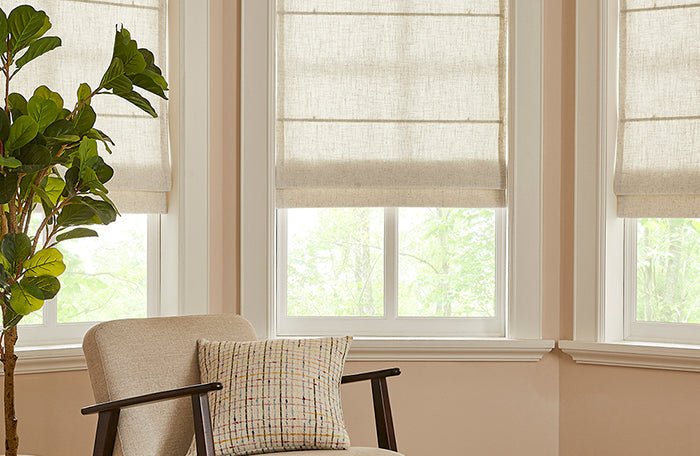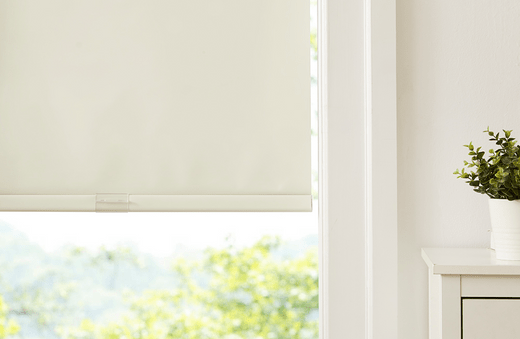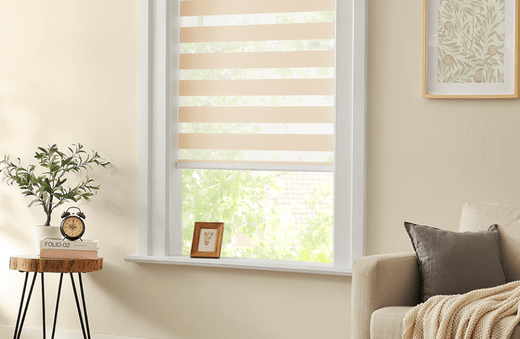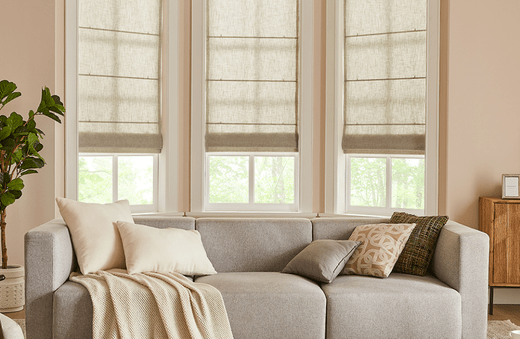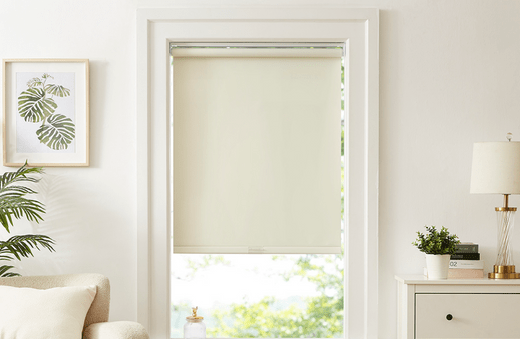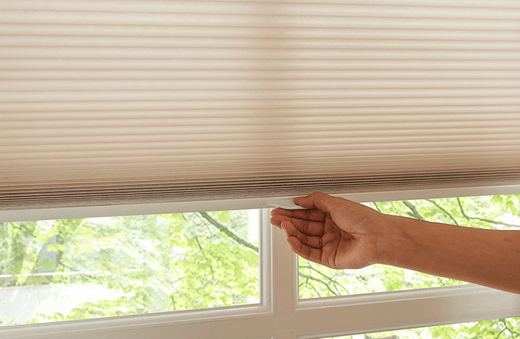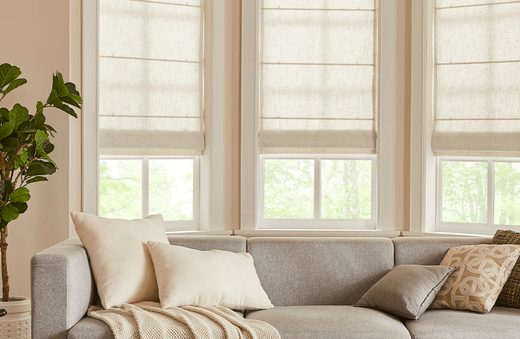Choosing the Best Blinds for Large Windows
When it comes to dressing up large windows, the options can seem overwhelming. Large windows are a striking feature in any home, offering plenty of natural light and a seamless connection to the outdoors. However, finding the right window coverings for wide windows can be challenging. The key is to balance functionality and aesthetics to create a comfortable and stylish living space.
In this guide, we’ll explore various types of blinds and window treatments suited for large windows, and provide tips on selecting the best options for your needs.

Wide and tall windows make a bold statement in any room. However, they also present unique challenges. From privacy concerns to controlling the influx of light, choosing the appropriate blinds is essential. Here’s why window coverings for oversized windows matter:
- Light Control: Large windows invite ample daylight, which is wonderful but can be overwhelming at times. The right blinds allow you to manage the amount of light entering your space, preventing glare and protecting your furnishings from harmful UV rays.
- Privacy: Wide windows offer expansive views, but they also expose your interiors. Proper window shades for wide windows ensure privacy while maintaining your connection to the outdoors.
- Energy Efficiency: Blinds for large windows can significantly affect the thermal efficiency of your home. High-quality window treatments help insulate your space, keeping it warm in the winter and cool in the summer.
Types of Blinds for Large Windows
Roller Blinds
Roller blinds are a popular choice for large windows due to their sleek design and ease of use. Available in a wide range of fabrics and colors, roller blinds for wide windows can complement any decor style.
- Pros: Minimalist design, easy to operate, available in blackout options for maximum light control.
- Cons: Limited insulation properties compared to other options.

Vertical Blinds
Vertical blinds are ideal for wide and tall windows, offering excellent light control and privacy. These blinds consist of vertical slats that can be tilted or drawn to the side.
- Pros: Effective for large windows, available in various materials like fabric, vinyl, and aluminum.
- Cons: Can be noisy in windy conditions, require more maintenance than other types.

Panel Track Blinds
Panel track blinds are perfect for very large windows and sliding glass doors. They feature wide fabric panels that glide across a track, offering a modern, streamlined look.
- Pros: Easy to operate, great for covering large expanses, available in various fabrics.
- Cons: Require significant wall space to stack panels when open.

Roman Shades
Roman shades provide a classic and elegant look for large windows. These fabric shades fold neatly when raised and create a soft, tailored appearance.
- Pros: Available in a variety of fabrics and styles, excellent for adding a touch of sophistication.
- Cons: Can be bulky when raised, not ideal for very tall windows.

Cellular Shades
Cellular shades, also known as honeycomb shades, are an energy-efficient option for large windows. Their unique design traps air, providing excellent insulation.
- Pros: Energy-efficient, available in various opacities for light control, suitable for both wide and tall windows.
- Cons: More expensive than some other options, can be challenging to clean.

Measuring and Installing Blinds for Large Windows
Accurate measurements are crucial when selecting window blinds for big windows. Here’s a step-by-step guide to ensure a perfect fit:
- Measure Width: For inside mount blinds, measure the width at the top, middle, and bottom of the window frame. Use the narrowest measurement. For outside mount blinds, measure the width you want to cover.
- Measure Height: Measure the height at the left, center, and right of the window. Use the longest measurement for both inside and outside mounts.
- Consider Depth: Ensure your window frame has enough depth to accommodate the chosen blinds.
- Check for Obstructions: Be mindful of handles, locks, or other obstructions that might interfere with the operation of the blinds.
- Installation: Follow manufacturer instructions carefully. Many window treatment providers offer professional installation services, which can be helpful for large or complex windows.
Tips for Choosing the Right Blinds
- Consider Your Needs: Think about what matters most—light control, privacy, energy efficiency, or aesthetics—and prioritize accordingly.
- Material Matters: Choose materials that complement your interior design and withstand the room’s conditions (e.g., moisture-resistant materials for bathrooms).
- Automation Options: Consider motorized blinds for convenience, especially for hard-to-reach windows.
- Budget Wisely: Set a budget and explore options within your price range. Remember that investing in high-quality blinds can offer long-term savings in energy costs.
Final Thoughts
Choosing the best blinds for large windows involves balancing style, functionality, and budget. With the right window coverings, you can enhance the beauty of your home while enjoying the benefits of light control, privacy, and energy efficiency.
Whether you prefer the clean lines of roller blinds or the classic elegance of Roman shades, there’s an option to suit every taste and need. By considering the various types and their unique benefits, you can make an informed decision that elevates your living space.
Remember, the right window treatments for oversized windows not only transform your interior but also contribute to a comfortable and inviting home environment.
